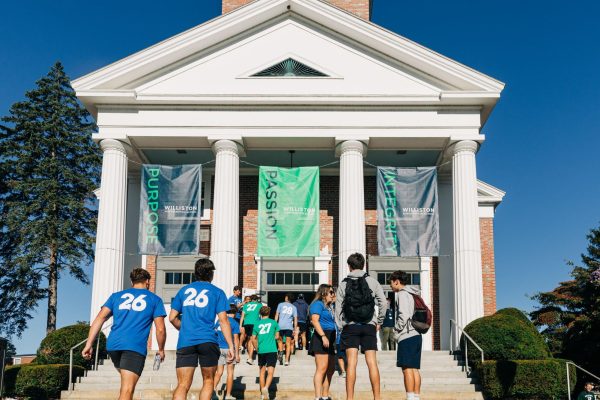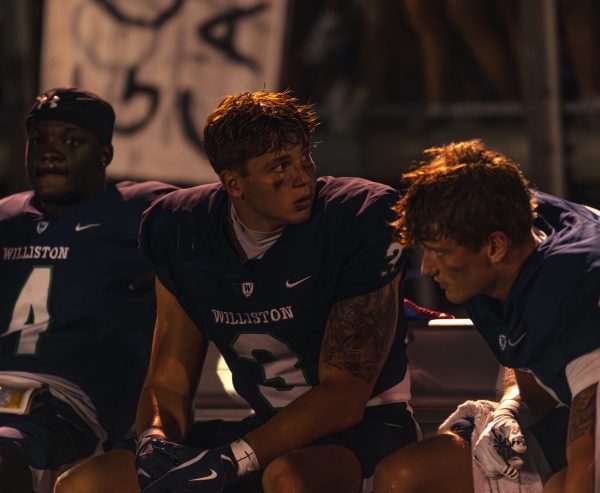Why I Wish Class Size Was My Biggest Concern
Florida State University, Temple University, Princeton University.
When I began my college search before the start of the fall, I had a thousand things on my mind: class size, enrollment, internships, student life. “Don’t forget to look into campus safety,” my parents warned. I did not take them seriously until I dove further and further into the reality of American colleges and universities.
In May of this year, the Department of Education released the names of 55 schools that are currently under investigation for mishandling rape cases.
Harvard University, Penn State, Ohio State, UC Berkeley.
It seems as though every school I come across is on that list, and, while being under investigation does not mean that university violated any laws, it is still terrifying.
College is supposed to be a safe environment where ideas and students can thrive, not a war zone. I should not have to cross a school off of my list only because it is incapable of providing me with the safety that I deserve, nor should any student.
University of Chicago, Michigan State University, Boston University.
“It’s scary to think about,” said Maisy Glick ‘15. “I hate that this has become just another part of the college process.”
There is seemingly no end to the pain that mishandled rape cases bring. After having her three alleged attackers cleared by the school, a Hobart and William Smith student was accused of fabricating evidence by District Attorney Michael Tantillo in an interview with The Finger Lakes Times.
The student’s attorney, Inga Parsons, responded to the accusation in a written statement. “It is quite another thing to throw the survivor under the bus by attacking her credibility in the press in order to justify a decision that has come under fire,” Parsons wrote. “Little wonder that survivors hesitate to bring criminal charges.”
Emory University, Guilford College, University of North Carolina at Chapel Hill.
The list truly goes on for what seems like forever. Emma Sulkowicz, a current senior at Columbia University, contends that the school mishandled her rape case. In protest, she began a senior thesis project in which she must carry her mattress with her until her alleged rapist is removed from the school. Her project has inspired students from across America to join her. In a video published on the Columbia Spectator, she states, “The piece could potentially take a day, or it could go on until I graduate, for me, it’s an endurance performance arts piece.”
Though the project has gained international support, it is not enough. It is currently December and her alleged rapist has yet to be expelled.
With data like this, it is not hard to understand the fear that keeps some students from making the most of the so-called “best” four years of our lives.
As my college search comes to a close, I have to keep asking myself what I really want in an institution. I can assure you, however, that the miscarriage of justice that has been seen at colleges and universities across America is not it. It seems as though every campus has its skeletons, which begs the question: What will it take for the rape culture in America to transform so that we may all feel safe, regardless of the school we choose?
Schools listed are cited for Title IX violations







